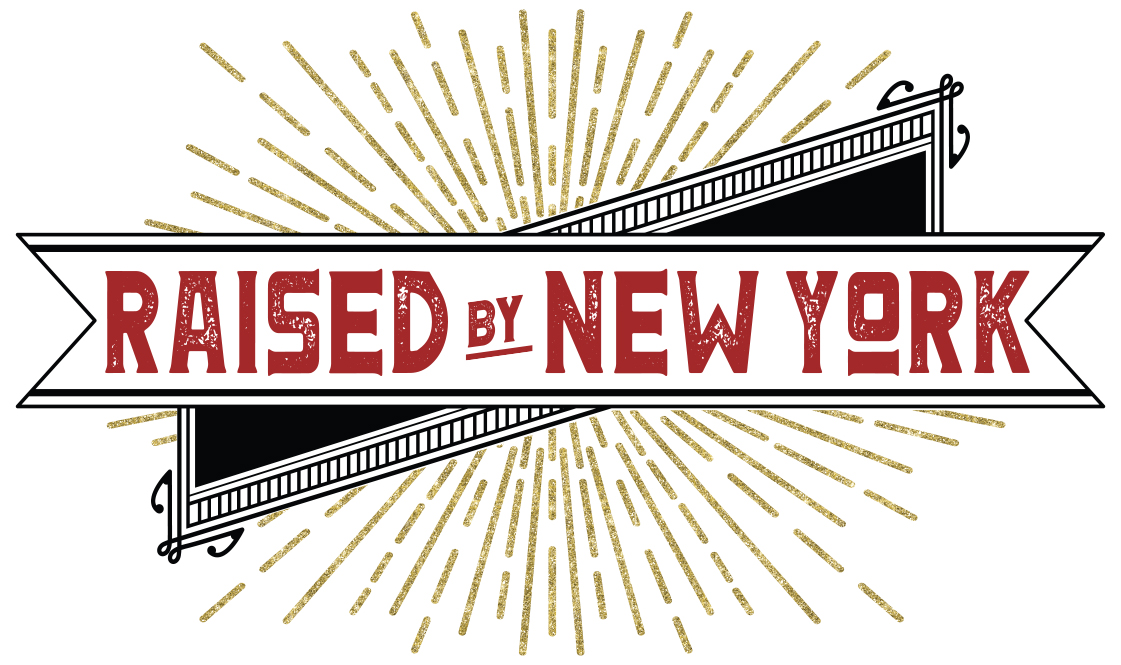The Quest for a Pet Friendly Apartment
Things to Consider in Your Search for the Perfect Pet-Friendly Apartment
As if there aren’t enough things to think about when it comes to finding a decent place to live in the city - the neighborhood, the washer/dryer, the commute, the rent, the politics on gentrification - you also have to consider your best friend: your pet. Though your furry buddy will surely provide some much-needed sanity emotional support during the arduous process that is moving, the little guy/gal will also make finding a viable apartment in NYC just that much harder.
Even if the building ostensibly allows animals - many in the city have strict no-pet policies - there are still a number of criteria to meet for a building to be considered truly pet-friendly, and many more pitfalls that could make your post-move life difficult. Whether you’re looking to rent or buy, below we’ve outlined for you some points to consider that will help you organize your search for that dream-home and make the whole thing a little less insufferable.
The Fine Print
RbNY Brooklyn
While an apartment building could “allow pets” in general, many have restrictions on the number, size, weight, and, often, breed of the animal in question. The fine print applies most often to dogs and it’s the larger pups like Dobermans and Rottweilers that are most discriminated against. Extensive profiles from veterinarians, previous neighbors, and even dog walkers would need to be submitted and interviews before the co-op board are becoming common. The board of one co-op building in UWS, for example, is reportedly asking residents to prove the pedigree of their dogs - and may even subject the pups to a DNA test if the breed is unknown - in an attempt to “purge” unwanted breeds. Beware of wasted time and dashed dreams and inquire about the details of a building’s pet-allowance policy before you start decorating the space in your head, only to find out they only allow pets 10 lbs and under (we know, your Boston Terrier is just big boned).
The Landlord/Co-op Board
It might seem like a given, but the importance of a friendly landlord cannot be emphasized enough, especially when it comes to living with a pet. As the entity that holds the (literal) key to the place you live, mean landlords and demanding co-op boards can make living situations hellish, even without a pet. Normal wear and tear, for example, can be cause for exorbitant fines in the hands of a less sympathetic landlord. Minor noises might incite unpleasant and frequent letters and visits from the powers that be. You might find your entirely reasonable renovation request rejected by a hostile board. Of course it’s impossible to completely gauge a person - even a landlord - based on first impressions, but meeting him/her and feeling out the board during the interview, before signing the lease, could still make all the difference in your apartment-happiness.
The Tenants
The place is perfect: it allows large breeds, the landlord seems great, there’s even a cute balcony that you can lounge on with your furry companion. But you’ve noticed quite a few cute toddlers and awesome grandmas when you visited and you’re a little concerned. While you love cool humans of all ages and sizes, the very young and very old may be more frightened by your pet. This can be especially true for buyers looking at co-ops with mostly families and elderly residents, and could potentially lead to frequent complaints, conflicts with neighbors and other unpleasant encounters you’d really rather avoid in your living space. So while by no means a deal breaker, the tenant demographic is a good detail to keep in mind in your search for a pet-friendly home.
The Money
Rejoice, you’ve found the pet-friendly apartment unicorn with a chill landlord and lots of neighbors with animal friends of their own. The catch: extra deposits. As a safety against excitable animal companions whose grasp of the English language and social protocol is tenuous at best, the building has adopted a policy of a large amount of extra insurance against potential damages by your pet. A buyer of a $2.4 million Central Park South co-op, as profiled by the NY Times, reported paid $50,000 to the building as a non-refundable fee, in addition to $25,000 in escrow for possible damages. For some, this is an unjust but acceptable compromise for the perfect or even not-so-perfect pet-friendly apartment, but for those with a tighter budget, it’d be wise to ask about the money details before you invest too much, emotionally, into the ordeal.
The Location
While you personally love New York for its concrete jungle magnificence, your four-legged friend might not be as much of a fan of the screeching cabs (the energy!) and packed crowds (each living their dream in this great city!) for its daily walk. Living in a building that is close to one of the city parks could be the solution that’ll increase the happiness quotient of your beloved pet and, therefore, yourself. From the big guys like Central Park and Riverside Park, Inwood Park in the north point of Manhattan, Prospect Park in Brooklyn, Pelham Bay Park in the Bronx, to smaller parks like McCarren Park in Williamsburg, Madison Square Park, Washington Square Park, Tompkins Square Park in lower Manhattan, and waterfront parks like Gantry Plaza and Socrates Sculpture Park in Queens, there are plenty of green spaces for you and your pup to conveniently enjoy. Be sure to check whether your target park has a dog run (most do) because, sometimes, a dog’s just gotta run wild and free, you know.

